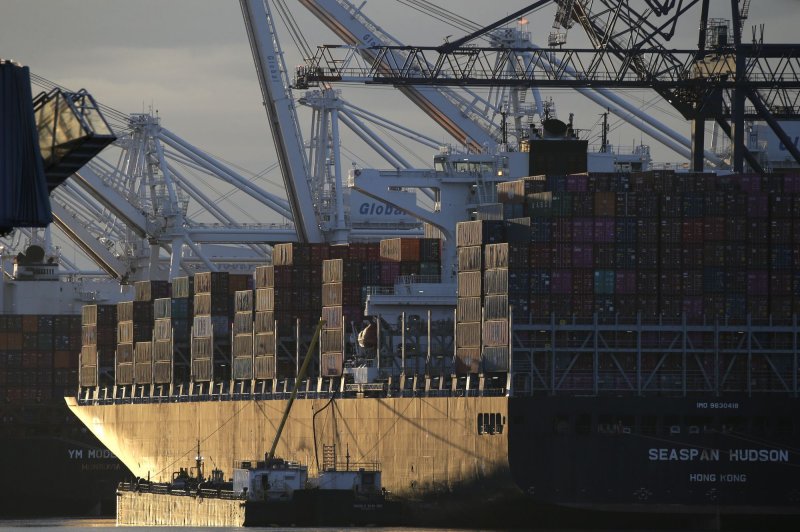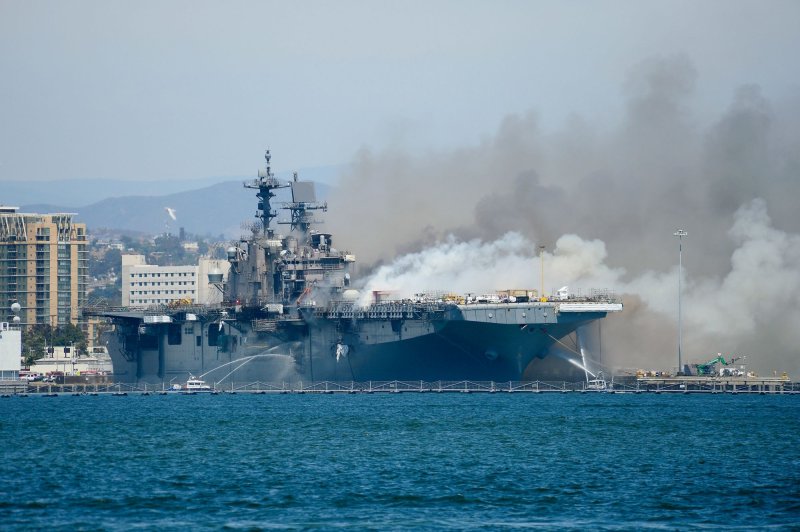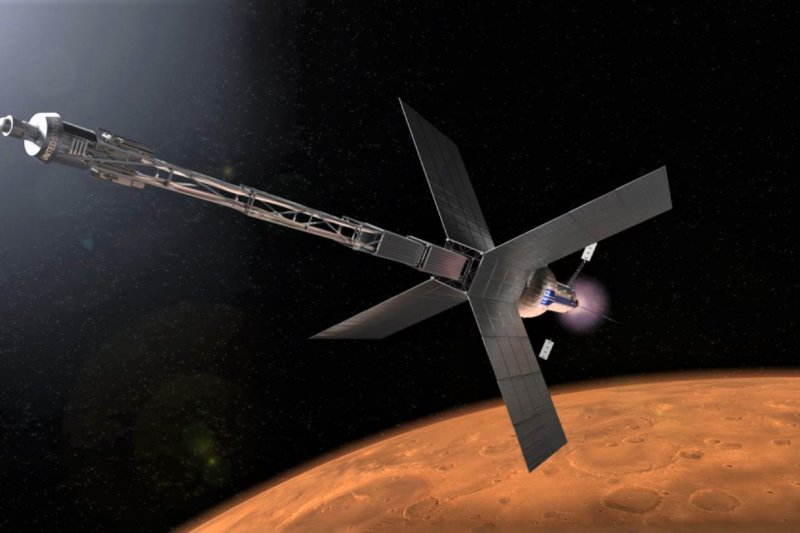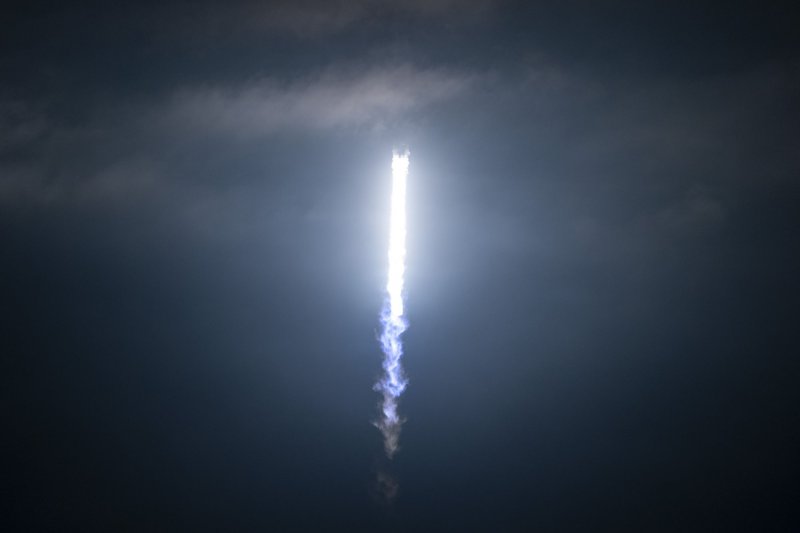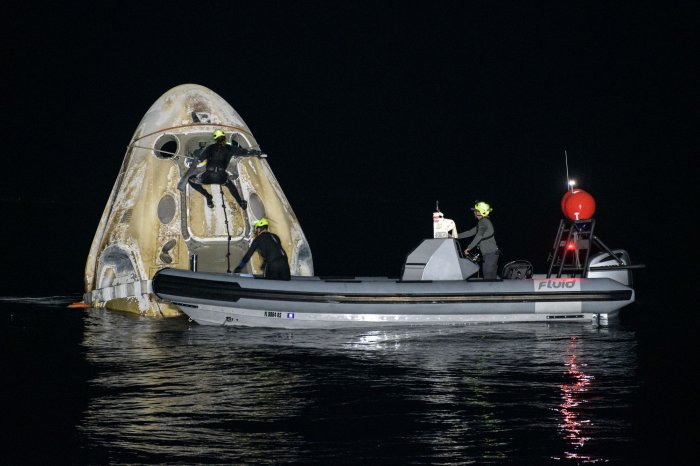TZAR PUTIN'S
Russia puts Navalny's ally Lyubov Sobol on wanted listLyubov Sobol is the latest opposition figure associated with Alexei Navalny to have been placed on the police's wanted list. She and several other allies of the Kremlin critic have fled Russia.
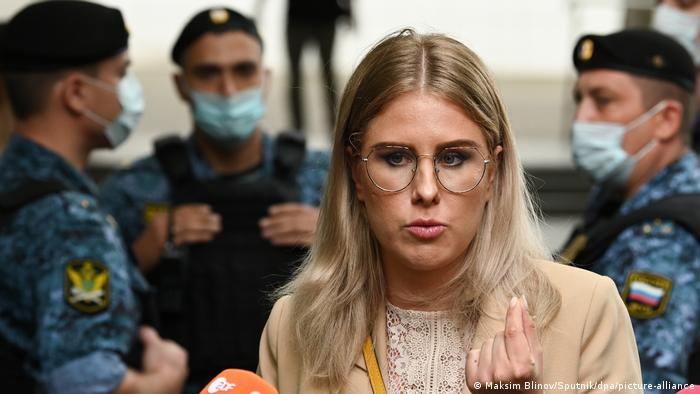
Lyubov Sobol was one of the most well-known faces of Alexei Navalny's entourage
Lyubov Sobol, a prominent ally of Kremlin critic and opposition politician Alexie Navalny, has been placed on a wanted list in Russia, according to multiple media reports on Wednesday.
The 34-year-old lawyer, who left the country earlier this year, appeared on the list on the website of Russia's Interior Ministry on Wednesday night.
She commented on the reports of her being placed on the list, saying authorities seemed to have used a photo of her from when she was on a hunger strike.
The entry in the ministry's database stated that she was "wanted under an article of the criminal code," but did not provide further details, according to news website Meduza.
Who is Lyubov Sobol?
Sobol, a key figure in Navalny's Anti-Corruption Foundation, rose to prominence in 2019 when she went on a hunger strike to protest being barred from participating in local elections.
The opposition politician was one of the most well-known faces of Navalny's entourage.
She reportedly fled Russia in August, days after she was sentenced to parole-like restriction amid a crackdown on the opposition.
Sobol was sentenced to a year and half of restricted movement for flouting COVID-19 regulations on protest — a charge she had called political-motivated.
Who else is on the list?
Other people critical of Russian President Vladimir Putin also feature on the most wanted list.
This includes Ivan Zhdanov, the head of the Anti-Corruption Foundation, and Leonid Volkov, the opposition politician's right-hand man, both of whom are on a wanted list.
Most of Navalny's allies have left the country amid what is seen as an unprecedented crackdown on dissent in post-Soviet Russia.
Navalny was arrested in January after he returned from receiving medical treatment in Germany following a poisoning attack that nearly killed him.
The 45-year-old politician is currently serving a two-and-half-year prison sentence on embezzlement charges in a penal colony outside Moscow.
adi/sms (AFP, Reuters)
Kremlin critic Alexei Navalny wins 2021 Sakharov Prize
The jailed Russian opposition leader has been awarded the European Parliament's rights prize for his efforts to challenge President Vladimir Putin's grip on power.
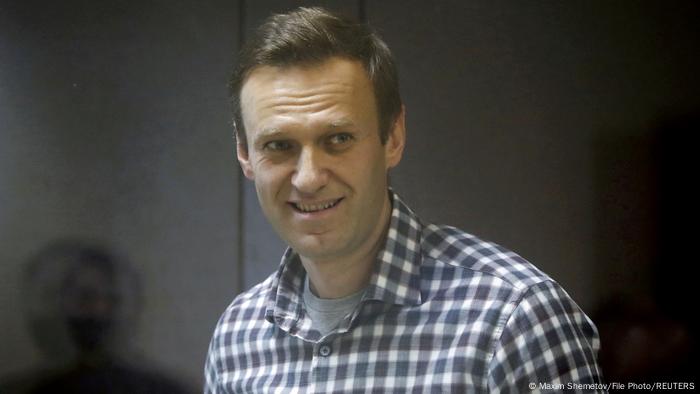
Navalny has been detained since January
The European Parliament on Wednesday announced it awarded the European Union's top human rights prize to the imprisoned Russian opposition leader Alexei Navalny.
"He has fought tirelessly against the corruption of Vladimir Putin's regime. This cost him his liberty and nearly his life. Today's prize recognises his immense bravery and we reiterate our call for his immediate release," European Parliament President David Sassoli said on Twitter.
Kremlin critic unlikely to take part in awards ceremony
Navalny is unlikely to be able to travel to receive the Sakharov Prize for Freedom of Thought on December 15 at the award ceremony in Strasbourg.
The prize, named after a Soviet dissident, is awarded by the European Parliament every year. Since 1988, the €50,000 ($58,156) prize has been awarded to individuals and rights organizations for their work toward promoting and defending human rights and freedoms.
Also among the nominees for this year's award were UK-based environmental and rights group Global Witness, jailed former Bolivian President Jeanine Anez, Sahrawi activist Sultana Khaya and 11 Afghan women.
"Navalny is the only person on this planet, who deserves the Sakharov prize. He has been fighting for the freedom of speech, liberty, democracy, transparency and against corruption for decades and he has paid a big price himself. He was put in jail, fined, his organization was demolished. He was poisoned," said Peter van Dalen, a European lawmaker and member of the EPP, in a DW interview.
"This is the strongest signal that we from Europe can give to support Navalny. We give hope to the Russian opposition. We say: 'We hear you. We do not forget you.' And this message of hope we send now to Navalny and to the Russian opposition," he added.
In January, Navalny was detained after flying back to Russia from Germany. The 45-year-old dissident was sentenced to 2.5 years in a penal colony for violating parole from a previous conviction he says is politically motivated.
Ahead of his return to Moscow, Navalny was in Germany for five months for medical treatment after being poisoned in Siberia in August 2020 with a military nerve agent. Russia has denied its involvement and has accused the West of a smear campaign against it.
A Moscow court in June labeled Navalny's Foundation for Fighting Corruption and its network of regional offices extremist groups, a ruling that exposed Navalny's allies to prosecution.
Last month, Russia's Investigative Committee, which probes major crimes in Russia, launched another probe targeting Navalny. The committee said that by 2014 Navalny had "created an extremist network and directed it" with the aim of "changing the foundations of the constitutional system in the Russian Federation."
Still, Navalny's allies have continued to criticize the Kremlin. During last month's Russian election, they launched a tactical voting app in a bid to challenge the country's ruling party.
Navalny's recognition with the human rights prize will likely heighten tensions between the 27-nation bloc and Russia.
The EU has been calling for Navalny's release since he was first arrested, and it views his imprisonment as politically motivated.
Last year, the bloc imposed sanctions on six Russian officials for their alleged involvement in the poison attack on Navalny.
The European Parliament had awarded the 2020 Sakharov Prize to the Belarusian opposition leader Sviatlana Tsikhanouskaya — also amid tensions with Minsk and sanctions against top Belarusian officials.
Renata Alt, a member of the Bundestag with the Free Democrats (FDP) told DW that the announcement was an "important sign that he will not be forgotten behind bars." She then criticized German Chancellor Angela Merkel, who she said had never taken enough action against Putin's government.
fb,es/wd (AP, Reuters)
The jailed Russian opposition leader has been awarded the European Parliament's rights prize for his efforts to challenge President Vladimir Putin's grip on power.

Navalny has been detained since January
The European Parliament on Wednesday announced it awarded the European Union's top human rights prize to the imprisoned Russian opposition leader Alexei Navalny.
"He has fought tirelessly against the corruption of Vladimir Putin's regime. This cost him his liberty and nearly his life. Today's prize recognises his immense bravery and we reiterate our call for his immediate release," European Parliament President David Sassoli said on Twitter.
Kremlin critic unlikely to take part in awards ceremony
Navalny is unlikely to be able to travel to receive the Sakharov Prize for Freedom of Thought on December 15 at the award ceremony in Strasbourg.
The prize, named after a Soviet dissident, is awarded by the European Parliament every year. Since 1988, the €50,000 ($58,156) prize has been awarded to individuals and rights organizations for their work toward promoting and defending human rights and freedoms.
Also among the nominees for this year's award were UK-based environmental and rights group Global Witness, jailed former Bolivian President Jeanine Anez, Sahrawi activist Sultana Khaya and 11 Afghan women.
'Mr. Putin, free Alexei Navalny'
The parliament's EPP Christian Democrat group announced Wednesday's decision in a tweet. "Mr. Putin, free Alexei Navalny. Europe calls for his — and all other political prisoners' — freedom,'' it said.
The parliament's EPP Christian Democrat group announced Wednesday's decision in a tweet. "Mr. Putin, free Alexei Navalny. Europe calls for his — and all other political prisoners' — freedom,'' it said.
"Navalny is the only person on this planet, who deserves the Sakharov prize. He has been fighting for the freedom of speech, liberty, democracy, transparency and against corruption for decades and he has paid a big price himself. He was put in jail, fined, his organization was demolished. He was poisoned," said Peter van Dalen, a European lawmaker and member of the EPP, in a DW interview.
"This is the strongest signal that we from Europe can give to support Navalny. We give hope to the Russian opposition. We say: 'We hear you. We do not forget you.' And this message of hope we send now to Navalny and to the Russian opposition," he added.
VIDEO Navalny wins Sakharov Prize - AI's Katharina Masoud speaks to DW
In January, Navalny was detained after flying back to Russia from Germany. The 45-year-old dissident was sentenced to 2.5 years in a penal colony for violating parole from a previous conviction he says is politically motivated.
Ahead of his return to Moscow, Navalny was in Germany for five months for medical treatment after being poisoned in Siberia in August 2020 with a military nerve agent. Russia has denied its involvement and has accused the West of a smear campaign against it.
A Moscow court in June labeled Navalny's Foundation for Fighting Corruption and its network of regional offices extremist groups, a ruling that exposed Navalny's allies to prosecution.
Last month, Russia's Investigative Committee, which probes major crimes in Russia, launched another probe targeting Navalny. The committee said that by 2014 Navalny had "created an extremist network and directed it" with the aim of "changing the foundations of the constitutional system in the Russian Federation."
Still, Navalny's allies have continued to criticize the Kremlin. During last month's Russian election, they launched a tactical voting app in a bid to challenge the country's ruling party.
VIDEO Russian opposition a year after Navalny poisoning
A flashpoint in EU-Russian tensions
Navalny's recognition with the human rights prize will likely heighten tensions between the 27-nation bloc and Russia.
The EU has been calling for Navalny's release since he was first arrested, and it views his imprisonment as politically motivated.
Last year, the bloc imposed sanctions on six Russian officials for their alleged involvement in the poison attack on Navalny.
The European Parliament had awarded the 2020 Sakharov Prize to the Belarusian opposition leader Sviatlana Tsikhanouskaya — also amid tensions with Minsk and sanctions against top Belarusian officials.
Renata Alt, a member of the Bundestag with the Free Democrats (FDP) told DW that the announcement was an "important sign that he will not be forgotten behind bars." She then criticized German Chancellor Angela Merkel, who she said had never taken enough action against Putin's government.
fb,es/wd (AP, Reuters)


